
Update to Industry Grounding Standards NISTM
API 650 Code Requirements 28 gauge, 2 inch wide stainless steel straps) at maximum 10 ft spacing All Metal Tanks All must be grounded by one of the following: (1) Tank connected without insulating joints to a grounded metallic piping system (2) Vertical cylindrical tank shall rest on earth or concrete and

USER’S GUIDE to TANKS United States Environmental
USER’S GUIDE to TANKS 4.0 Storage Tank Emissions Calculation Software TABLE OF CONTENTS manual provides installation and general use instructions for the TANKS software. It is not intended to Additional information about system requirements is detailed in Section 2.1.

The Art of Tank Gauging ICEWeb
General requirements for a Tank Gauging System • Safety • Accuracy and repeatability • Reliability and availability • Compatibility with operations • Stand alone capabilities • Operator friendly • Low maintenance • Easy to expand Additional requirements • First order failure detection •

Rosemount TankMaster Inventory Management Software
Rosemount TankMaster collects real time tank gauging data such as level, temperature, water interface level and pressure. It automatically calculates volume and mass for inventory and custody transfer for bulk liquid storage tanks.

Directive 017: Measurement Requirements for Oil and Gas
Directive 017. consolidates, clarifies, and updates Alberta Energy Regulator (AER) requirements for measurement points used for AER accounting and reporting purposes, as well as those measurement points required for upstream petroleum facilities and some

Tank Gauging System Special Safety Instruction
Tank Gauging System Special Safety Instruction. TOC i Rosemount TankRadar REX Rosemount Tank Radar REX Chapter 1 General Requirements 1 2 Special Safety Instruction 308016EN, Edition 4/Rev. C February 2008 1. General Requirements The 3900 Radar Tank Gauge

OSHA NIOSH Hazard Alert Health and Safety Risks for
Tank Gauging and Sampling at Oil and Gas Extraction Sites The National Institute for Occupational Safety and Health (NIOSH) and the Occupational Safety and Health Administration (OSHA) have identified health and safety risks to workers who manually gauge or sample fluids on production and flowback tanks from exposure to hydrocarbon gases

Tank Gauging Systems Corp Global Liquid Level Monitoring
Tank Gauging Systems Corp Manufactures a High Quality Mechanical Level Gauge using non corrosive materials in giving our clients a cost effective means to monitor any tanks Safely with Reliability in Mind. Read More. Burner Management. The Pro Fire PF2100 is an advanced Burner Management System capable of managing a wide array of natural draft

Association of American Railroads BNSF Hazmat
For example, on a tank car with a 100 tank test pressurepsig (500 psig minimum burst pressure), the disc must burst at the greater of 100 or 165 psig psig (33% of 500 ); psig therefore, the disc must be designed to burst at 165 psig.

Level measurement: General process vs. inventory tank
In a 10 m tall tank, 0.1% means a change in level of 10 mm, or 78.6 barrels. For inventory tank gauging applications, level, temperature, and sometimes pressure (for density calculations) measurement instruments are employed. Common technologies include radar, guided wave radar, and sometimes pressure measurement transmitters.

43 CFR § 3174.6 Oil measurement by tank gauging
(a) The procedures for oil measurement by tank gauging must comply with the requirements outlined in this section. (b) The operator must follow the procedures identified in API 18.1 or API 18.2 (both incorporated by reference, see § 3174.3 ) as further specified in this paragraph to determine the quality and quantity of oil measured under field conditions at an FMP .

Garnet Instruments Ltd. Liquid Level Measurement
Garnet is the source for leading edge solutions in liquid level measurement. Our patented SeeLeveL™ design for tank level gauging in transport tank truck applications not only provides accurate level information but is also the first totally automated spill prevention system for applications

AUTOMATIC TANK GAUGING SYSTEMS Achieving Compliance
The printouts needed in archive will depend on the configuration of the facility (single wall vs. double wall). A general listing of them is as follows: 1. Passing 0.2 (Gallon Per Hour) GPH In Tank static leak tests, at least Monthly, for each UST on a facility. (single wall tanks) 2.

Tank Gauging & Associated Standards API OIML ISO
Provides guidance on the installation, commissioning, maintenance, validation, and calibration of hydrostatic tank gauging (HTG) systems for the direct measurement of static mass of liquid hydrocarbons in storage tanks. This edition is applicable to hydrostatic tank gauging systems that use pressure sensors with one port open to the atmosphere.

Tank Compliance Colorado Division of Oil and Public Safety
The Division of Oil and Public Safety's (OPS) Compliance Section administers laws and regulations to: maximize the protection of consumers, retailers, and refiners of petroleum products. monitor product quality. ensure accurate measurement of fuel products dispensed. Our mission is to:

BY ORDER OF THE AIR FORCE INSTRUCTION 23 204
In general, tanks established by organizations with a purpose of storing petroleum products are to be managed as organizational fuel tanks. 2.2. There are three categories of organizational fuel tanks: support, issue and portable. 2.3. A support tank is any tank that is physically connected, by fixed piping, to

Automatic Tank Gauging (ATG) North Dakota
North Dakota UST Operator Training Program Automatic Tank Gauging (ATG) Monthly Automatic Tank Gauging Leak Tests When an ATG is used as the monthly leak detection method, the tank must PASS a test that can detect a 0.2 gallon per hour (gph) leak at least once every 30 days. A 0.2 gph leak rate is equivalent to about two cans of soda every hour.

Chapter 4: Aboveground Storage Tanks and Containers
As mentioned in Chapter 1, SPCC requirements apply to facilities with a total AST oil capacity of over 1,320 gallons in containers of 55 gallons or larger. It also applies if the total buried storage capacity is over 42,000 gallons. The SPCC rule exempts buried storage tanks and ancillary equipment when tanks are subject to 40 CFR part 280

Manual Tank Gauging for Small Underground Storage Tanks
The use of manual tank gauging does not meet your tank system's leak detection requirements for piping. Pressurized and some suction piping must use other methods of leak detection, such as interstitial monitoring. (See . Straight Talk On Tanks.) If you don't pay careful attention to these restrictions,

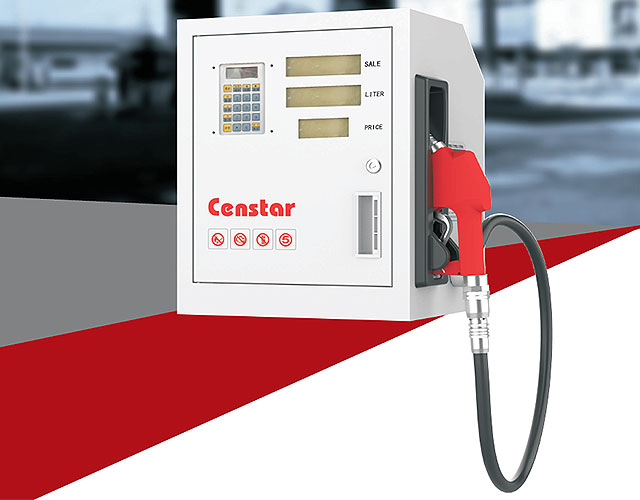
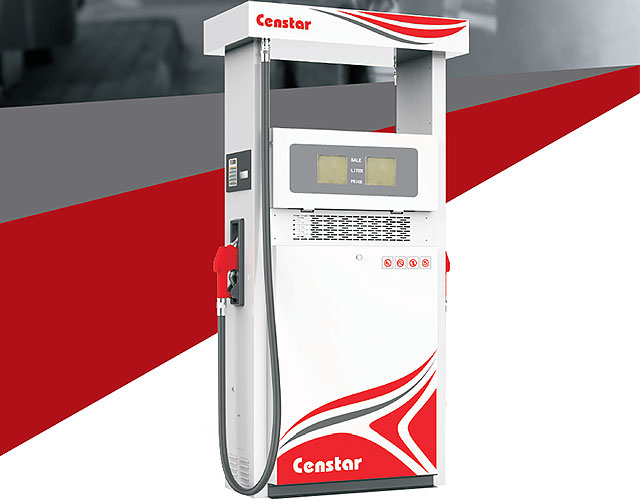
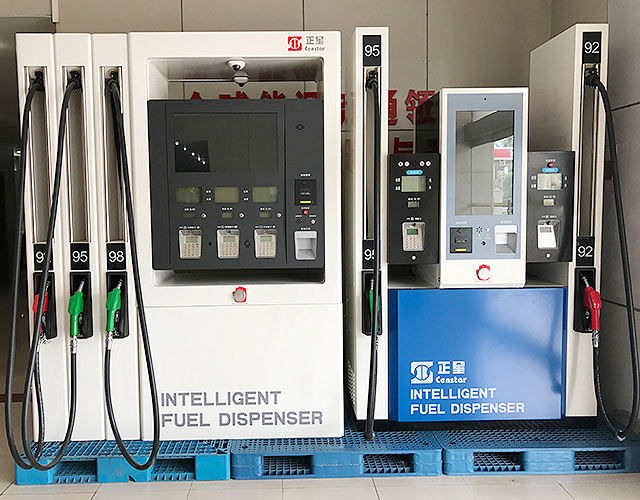
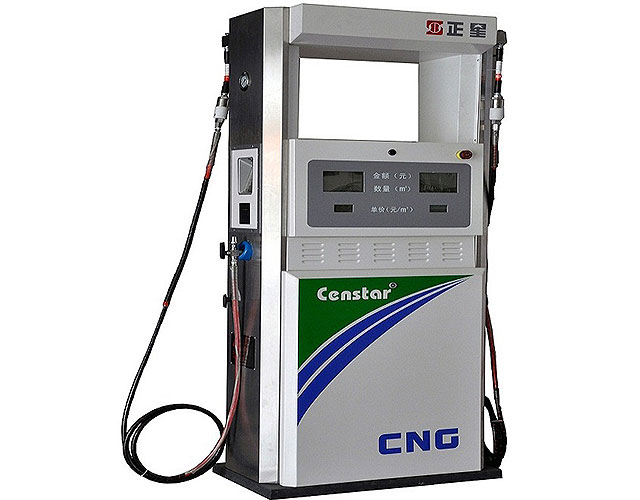
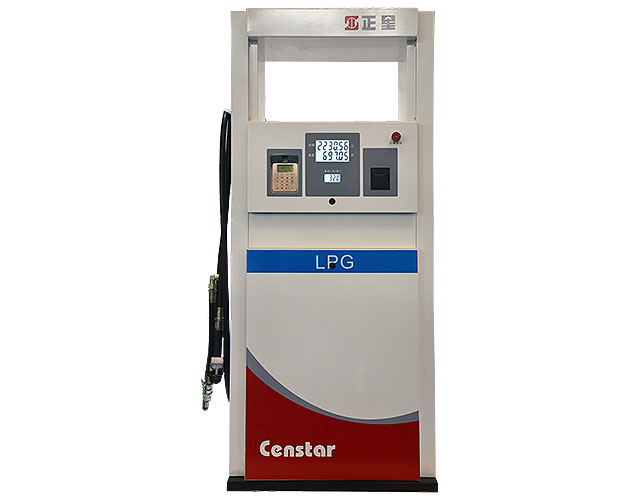
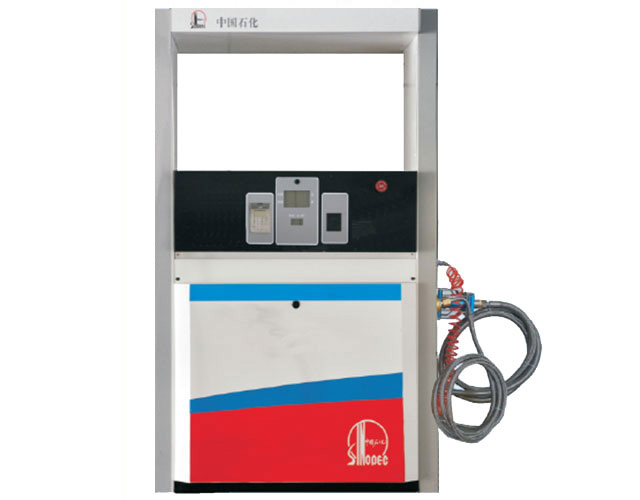
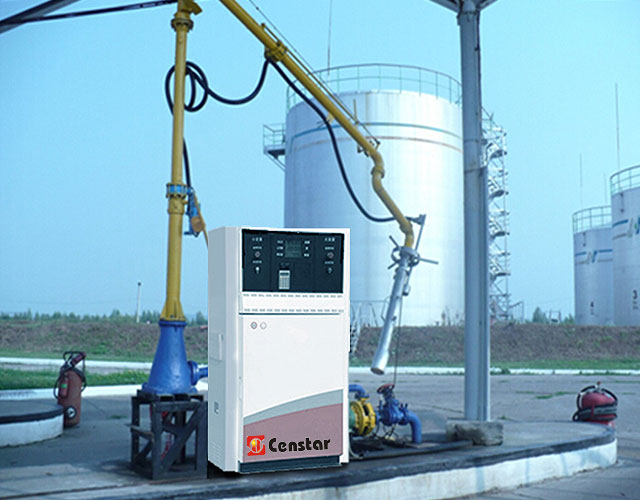
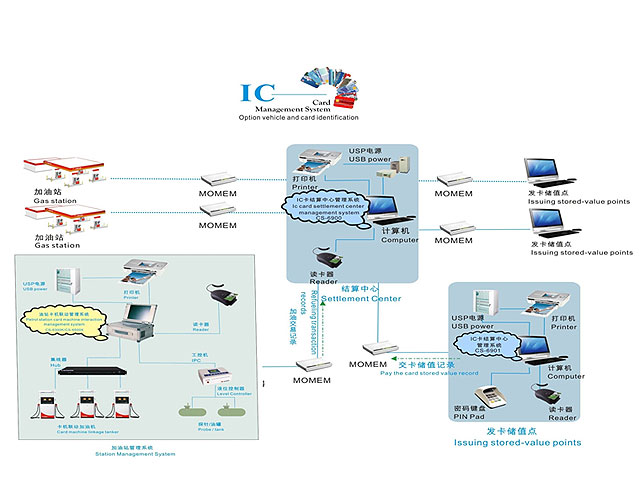
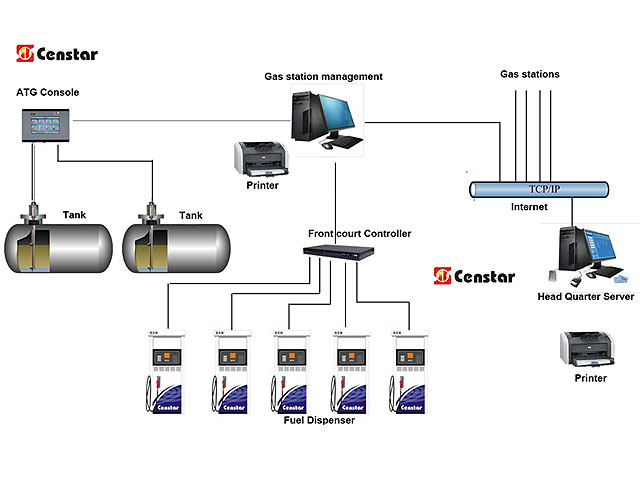
 Message
Message tel
tel Inquiry
Inquiry